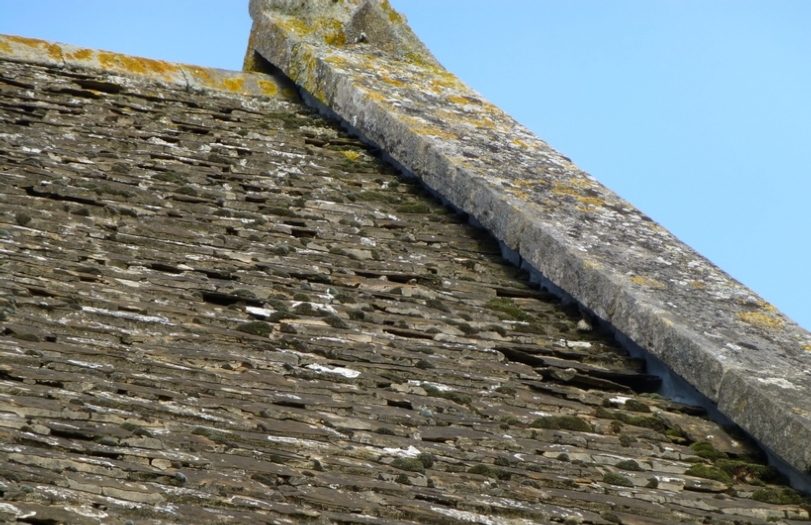Re-roofing Conundrum: When Traditional Materials Disappear
Conserving our 346th historic church
St Andrew’s Church at Ufford, near Stamford, came into our care in October 2014 - becoming our 346th historic church.
As with all sites that join our heritage collection, St Andrew’s underwent a significant programme of repair and conservation. The work totalled £500,000 and included re-roofing the chancel with distinctive local Collyweston slates, masonry repairs and conservation of the outstanding monuments.
Hitting a snag
The re-roofing aspect was especially fascinating. The Collyweston stone slate used at St Andrew's is one of the most distinctive features of heritage buildings in historic towns and villages in this part of Northamptonshire. Not matching the traditional material to partially re-roof St Andrew's wasn't an option, but the slate is notoriously difficult to produce and hadn't been manufactured in any quantity for 40 years, making it extremely difficult to source.
The material's scarcity is because Collyweston stone slate is not a proper ‘slate’ at all but a type of limestone found in narrow seams around the Northamptonshire village of Collyweston. In the past, the process that split the limestone into manageable slates occurred over time when the large limestone slabs were exposed to frost during the winter months. With changes in the U.K.'s climate this no longer occurred.
Researching solutions
Luckily for us and for the site, local heritage building specialists Messenger Construction had found a solution... Following two years of manufacturing trials with English Heritage and Sheffield Hallam University, a precise process had been determined that enabled 'new’ Collyweston stone slates to be created using an artificial freezing process.
Combining modern technology with traditional skills
Armed with this knowledge, Messenger used a large commercial deep freezer unit to replicate the natural splitting process. Once the imitated frosting and thawing process highlighted the natural bedding planes within the stone, splitting or ‘cliving’ of the stone is undertaken by hand by skilled Messenger stone masons to create the dressed and sized ‘slates’.
And so the conundrum of how to match a 'disappeared' traditional material was solved and we were able to re-roof St Andrew's with new Collyweston stone slates, expertly fixed alongside the existing slates.

